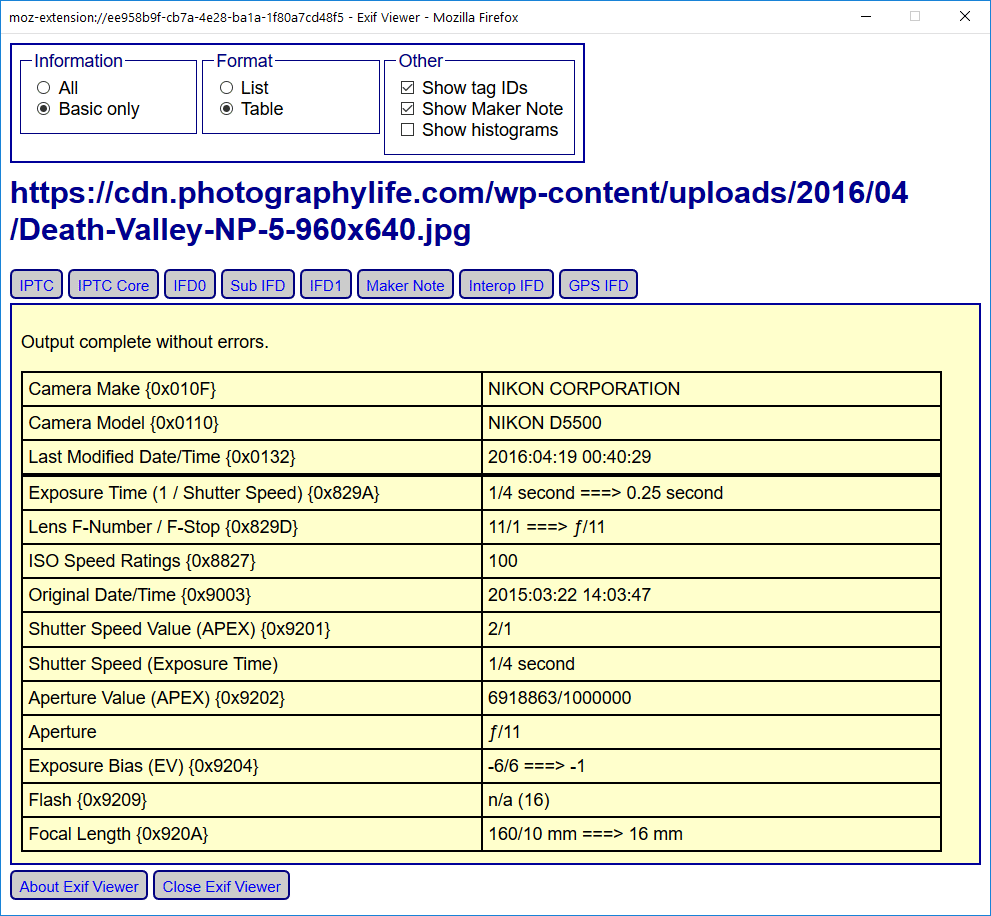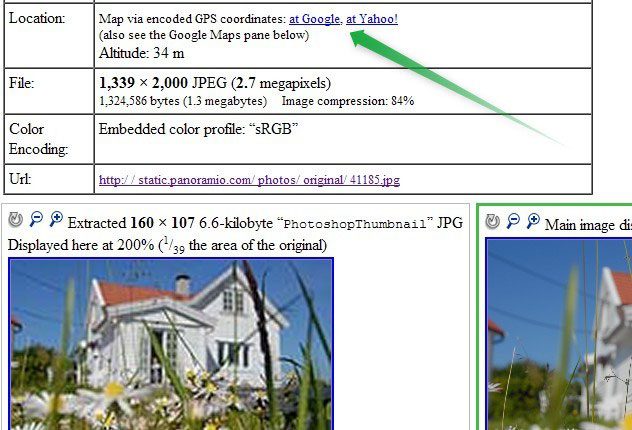

The recent change to global web standards requires you to grant explicit permission to image annotation services to view your image EXIF data. To ensure images are predictably oriented, ML annotation services need to be able to view image EXIF data. Here, the image was stored in portrait mode, with EXIF data attached to indicate it should be displayed with a landscape orientation. For example, if the EXIF orientation isn’t considered, applications that you use to annotate images may display images in unexpected orientations and result in confusing or incorrect labels.įor example, before the change, by default images would display in the orientation stored on the device, as shown in the following image. After the change, by default, images display according to the orientation value in EXIF data, as shown in the second image. This has important implications for the entire machine learning (ML) community. After the change, images now rotate according to a piece of image metadata called orientation value.

Previously, images always displayed in browsers exactly how they’re stored on disk, which is typically unrotated.

Earlier in 2020, widely used browsers like Chrome and Firefox changed their default behavior for rotating images based on image metadata, referred to as EXIF data.


 0 kommentar(er)
0 kommentar(er)
